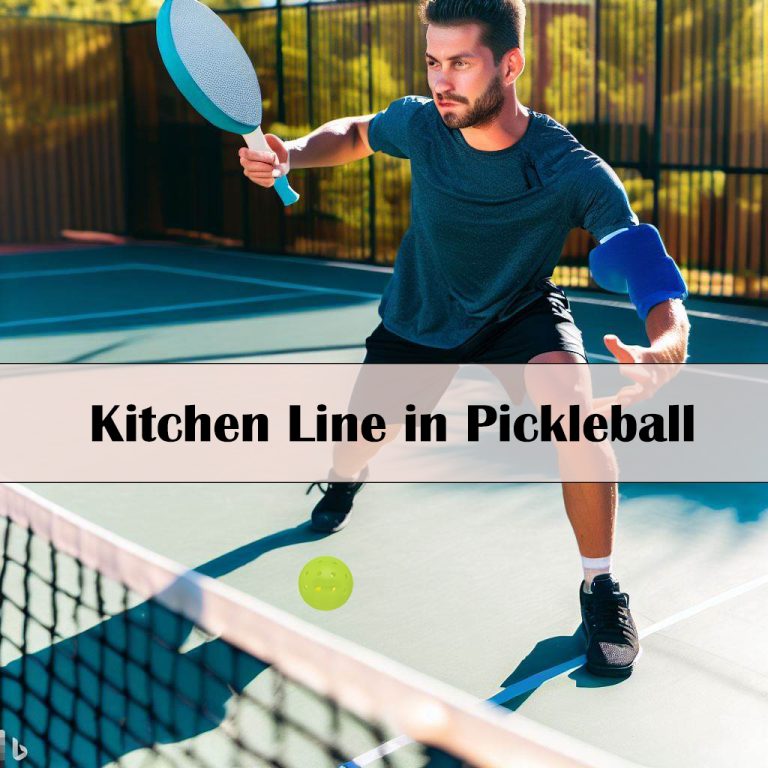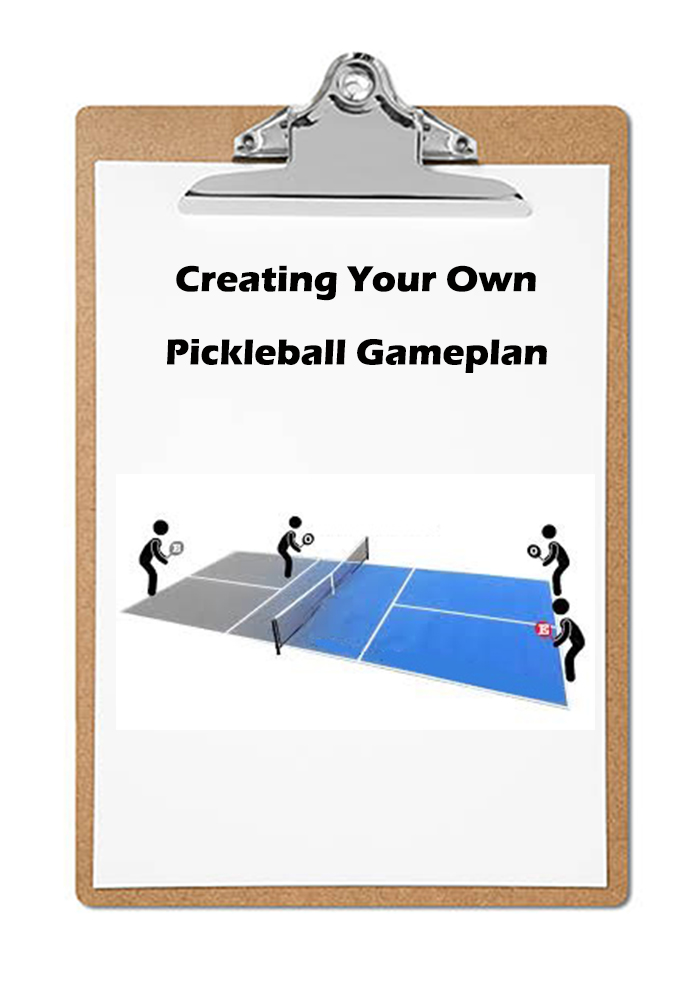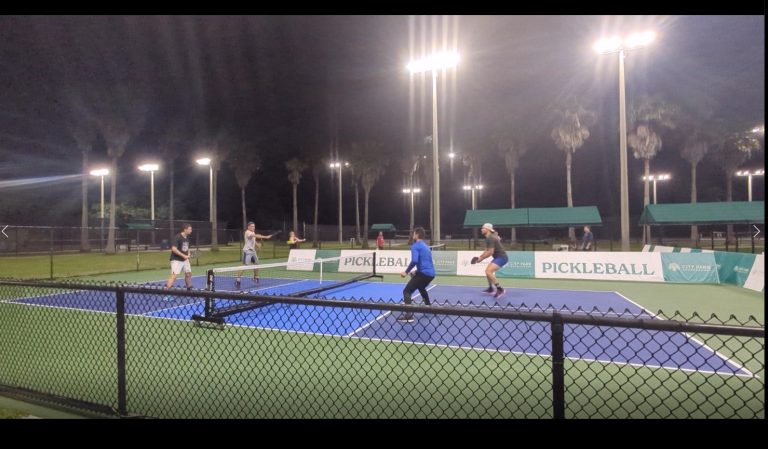When and How to Execute Speed Ups in Pickleball
Pickleball is a game of strategy and precision, and one of the critical elements in advancing your game is mastering the execution of speed ups. This article will guide you on when is the right time to initiate pace, how they affect the match dynamics, what to look for, and how to defend against them.
Understanding the Right Time for Speed Ups
Quickening the pace in pickleball can drastically shift the momentum of a game when done at the right moment. This typically involves accelerating a slow-paced rally into a quick exchange. The optimal time to initiate a speed up varies but here are a few situations where it can be advantageous:
- When your opponent is off-balance or out of position, speeding up the ball can catch them off guard and limit their ability to return.
- If you notice your opponent has a weak backhand, directing a speed up to this area can increase the chances of scoring a point.
- When your opponent is expecting a dink or a soft shot, a sudden speed up can disrupt their rhythm and force errors.
How Speed Ups Affect the Match
Speed ups can alter the pace and direction of a pickleball match. When executed correctly, they can provide an offensive advantage, catching your opponent off guard, and leading to scoring opportunities. However, poorly executed speed ups can offer easy attack opportunities for your opponent. Therefore, it’s crucial to recognize the appropriate time and way to execute a speed up.
Executing Speed Ups
Executing a sudden increase in shot speed is aimed at catching your opponents off guard. Key factors in executing a successful speed up include precision, timing, and an unexpected change of pace. The shot should be directed towards areas that are difficult for your opponent to return, such as their backhand or feet. Remember, the purpose of a speed up is not necessarily to score immediately but to disrupt your opponent’s rhythm and create opportunities for scoring in the subsequent shots.
Defending Against Speed Ups
On the defensive side, being prepared for potential speed ups is vital. Maintain a ready position with your paddle up and knees slightly bent for quick directional changes. Anticipate the speed up by observing your opponent’s body and paddle position. If a speed up comes your way, try to block the shot or steer it away from your opponent’s power zones.
Drills for Practice
Practicing the technique of rapidly increasing shot speed can significantly improve your pickleball game. Here are some drills to incorporate into your training sessions:
- Target Practice: Set up targets in your opponent’s difficult-to-reach areas and aim your speed ups at these targets.
- Reaction Drill: Have a partner feed you varying speeds and try to quickly react with a speed up when a slower ball comes your way.
- Speed Up and Block Drill: Practice exchanging speed ups with a partner where you take turns attacking and defending.
Tips for Beginners
If you’re new to pickleball, here are some tips to help you start incorporating the use of pace into your game:
- Begin by learning the correct form and technique for a speed up shot.
- Practice patience. Wait for the right moment to execute a speed up.
- Start using speed ups in your practice games to gain confidence before using it in a match.
Common Mistakes to Avoid
As you learn and implement speed ups in your pickleball game, beware of these common mistakes:
- Incorrect Timing: A speed up executed at the wrong time can give your opponent an advantage. Ensure you choose the right moment to speed up.
- Poor Execution: Failing to execute speed ups correctly can lead to unforced errors. Ensure you have a proper grip, body balance, and paddle control.
- Overuse: Continually using speed ups can become predictable and easier for your opponent to counter. Mix up your shots to keep your opponent guessing.
Mastering the speed up in pickleball is a journey of constant learning and improvement. By understanding when to speed up, practicing drills, and avoiding common mistakes, you can significantly enhance your game.








2 Comments